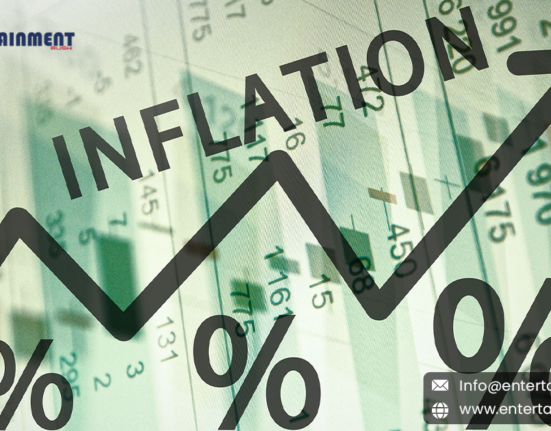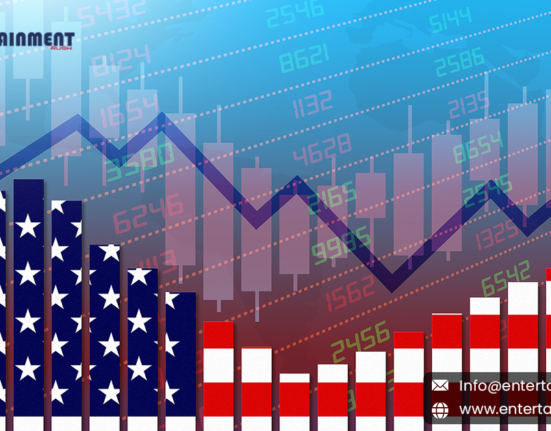Understanding the intricacies of the U.S. economy requires a keen awareness of the factors that contribute to both economic losses and gains. In this blog, we delve into the dynamics influencing these outcomes, shedding light on the complexities that shape economic landscapes.
Factors Driving Economic Losses
-
Market Volatility and Risk Exposure
One of the primary drivers of economic losses in the U.S. is market volatility. Fluctuations in stock prices, interest rates, and commodity prices can significantly impact investor portfolios and corporate earnings. High-risk exposure without adequate hedging or risk management strategies can amplify losses during market downturns.
-
Economic Downturns and Recessionary Pressures
Periodic economic downturns, characterized by declining GDP growth, rising unemployment rates, and reduced consumer spending, can lead to widespread losses across various sectors. Businesses may experience lower revenues, reduced profitability, and heightened financial distress during recessions, necessitating resilient strategies to mitigate losses.
-
Regulatory Changes and Compliance Costs
Changes in regulatory policies and compliance requirements can impose additional costs and operational challenges on businesses. Industries heavily regulated by environmental, financial, or labor laws may face increased expenses, impacting profitability and potentially leading to economic losses if not managed effectively.
Factors Driving Economic Gains
-
Innovation and Technological Advancements
Innovation plays a pivotal role in driving economic gains in the U.S. Advancements in technology, such as artificial intelligence, renewable energy, and biotechnology, foster productivity gains, cost efficiencies, and new market opportunities. Businesses that innovate are better positioned to capitalize on emerging trends and gain a competitive edge.
-
Consumer Confidence and Spending
Healthy consumer confidence levels and robust spending patterns stimulate economic growth and drive gains. When consumers feel optimistic about the economy, they are more likely to increase discretionary spending on goods and services, boosting business revenues and overall economic activity.
-
Fiscal and Monetary Policies
Government fiscal policies, such as tax cuts, infrastructure investments, and stimulus packages, can stimulate economic growth and support gains. Similarly, monetary policies, including interest rate adjustments and quantitative easing measures by the Federal Reserve, influence borrowing costs, investment decisions, and economic expansion. The U.S. economy operates within a dynamic framework influenced by a myriad of factors driving both losses and gains. Market volatility, economic downturns, regulatory changes, innovation, consumer confidence, and government policies collectively shape economic outcomes. Businesses and policymakers alike must navigate these complexities with foresight, resilience, and strategic agility to capitalize on opportunities and mitigate risks. By understanding the multifaceted drivers of economic dynamics, stakeholders can adopt informed strategies to foster sustainable growth, enhance resilience against downturns, and contribute to a thriving economic environment in the United States.










Leave feedback about this